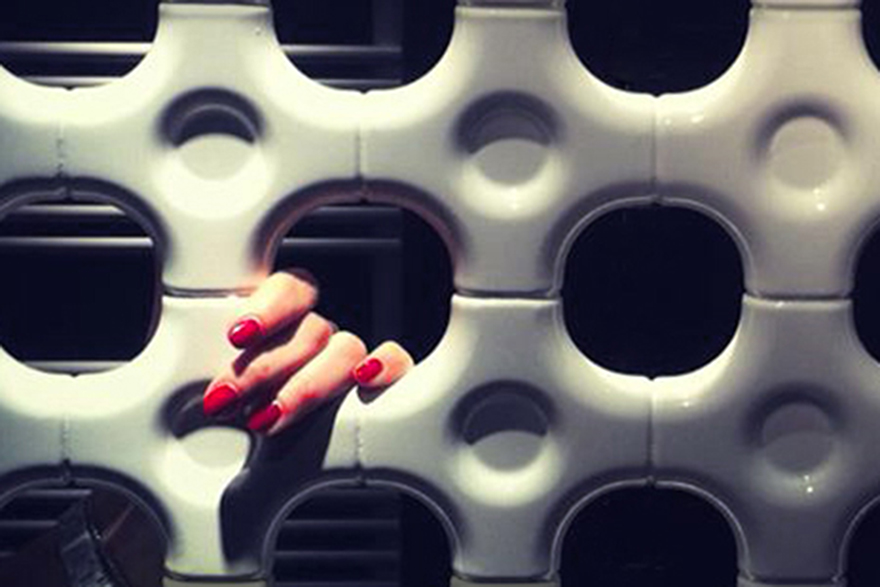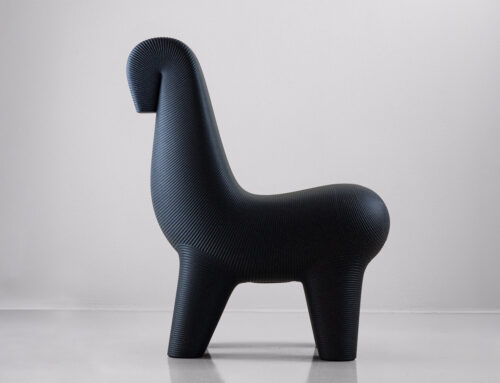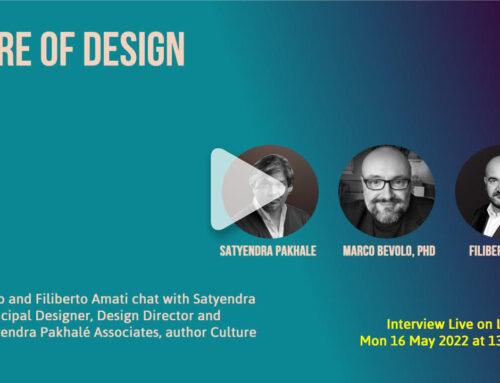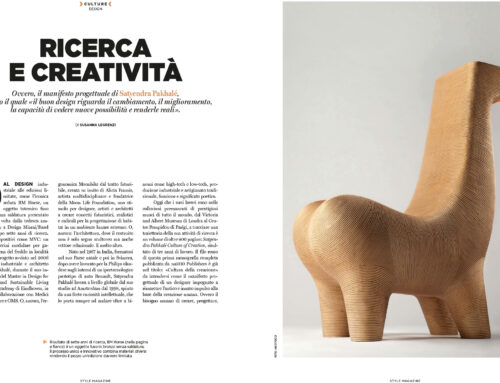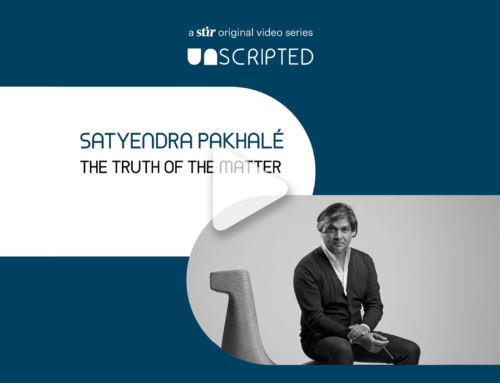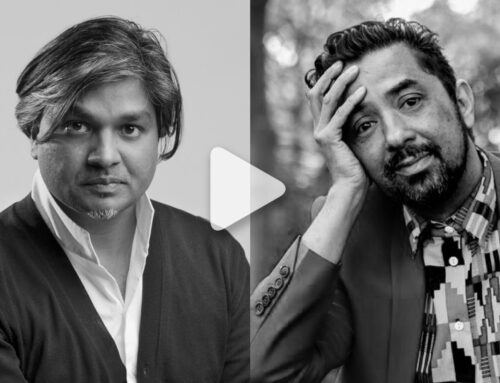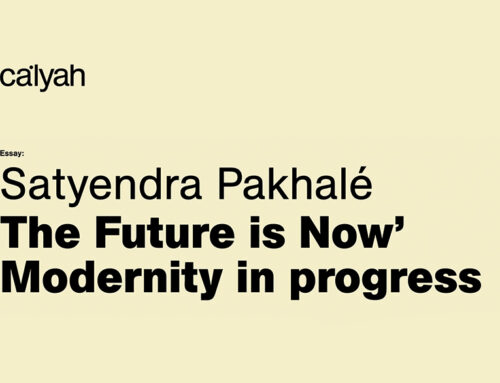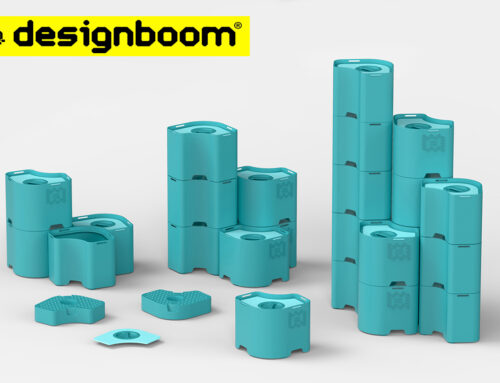Each object we experience is a source of meanings, symbols and stimuli which evoke sensorial reactions.
Human making builds condensed worlds where meanings and structure contribute to the development of individual and social consciousness. Objects we produce to accompany and guide our interaction with and perception of the world are needed to shape our experiential space. They allow us to dwell in the natural world making it accessible to our senses.
The built environment with its shapes and volumes enables us to place ourselves in the continuum of culture. Thus, the simple act of sitting on a chair, grabbing an object, or pressing a door handle to enter a space can become more profound by enriching our identity, memory and ways to live the world. Each object we experience is a source of meanings, symbols and stimuli which evoke sensorial reactions. This richness of inner qualities goes beyond the production of empty forms devoted to feeding the demand of consumerism and the mechanisms of industrialization and standardization.
Interdisciplinary studies dedicated to phenomenology, arts, behavioural and cognitive science are becoming more focused on the sensory values of artefacts. However, these values are not unknown in the history of human making. Since ancient times man has taken into consideration the complexity of human existential condition. East Asian thinking, with its humanistic mindset, built monuments, paintings, sculptures and daily objects to celebrate the encounter between human experiential space and the natural one by suggesting through intelligible and sensorial shapes a direct and positive interaction with objects which involve all senses at once.
Even ancient Greek culture built for the benefit of human sensorial aptitudes. It answered to the highest necessities of senses through proportioned forms, calibrated rhythm among parts, optical corrections, materials, colours, and the articulation of light and shadow zones evoking still today a multi-sensorial reaction. The Modern era seems to have flattened the complexity of human necessities for the functionality of the object while neglecting the remaining senses – hearing, touch, sight, taste, smell – including, as embraced by the Buddhist philosophy, the sense of thought.
Talking about sensorial design today means re-establishing contact with the creation of artefacts as an act aimed at building an interwoven fabric of cultural relationships where opposite tensions find a meeting point in their search for a harmonic equilibrium between man and nature, craftsmanship and technology, the inner structure of the object and human perception of the same.
CultureofCreation presents the construction of objects that structure man’s being in the world: objects made of sensorial and intelligible shapes moulded for the pleasure of all senses. CultureofCreation invites to explore the inner hidden dimension of objects. Through a series of images, stories, videos and writings CultureofCreation ponders and feeds curiosities on ways that objects can provide sensory information, disclosing the window in between the internal structure and external perception of the built world.
Tiziana Proietti (1983, Rome, Italy) is an architect and researcher in architectural design and theory of contemporary architecture. She gained her PhD at the Sapienza University in Rome in 2013 and worked as Visiting PhD researcher at the University of Technology TU Delft. Since 2007 she has worked as Teaching Assistant in architectural design and theory, Associate Editor for specialized magazines, and curator of art events. In 2013 she worked as a researcher at Satyendra Pakhalé Associates where she cultivated her interest in the historical and theoretical roots of sensorial design.

Tiziana Proietti (1983, Rome, Italy) An architect with a Ph.D. In Architectural Design, Tiziana Proietti gained her doctorate at the Sapienza University of Rome in collaboration with the University of Technology TU Delft in 2013 and is currently Professor at the University of Oklahoma, USA. Her research activity explores human perception in architectural spaces with a special focus on the relationship between the senses and the cognitive value of proportion. After a decade of studies on proportion in architecture, Proietti is currently developing her research by connecting neuroscience and architecture in collaboration with the Salk Institute in San Diego and the SPaCE Lab at the University of Southern California. In 2013 she worked as a researcher at Satyendra Pakhalé Associates where she cultivated her interest in the historical and theoretical roots of sensorial design.
